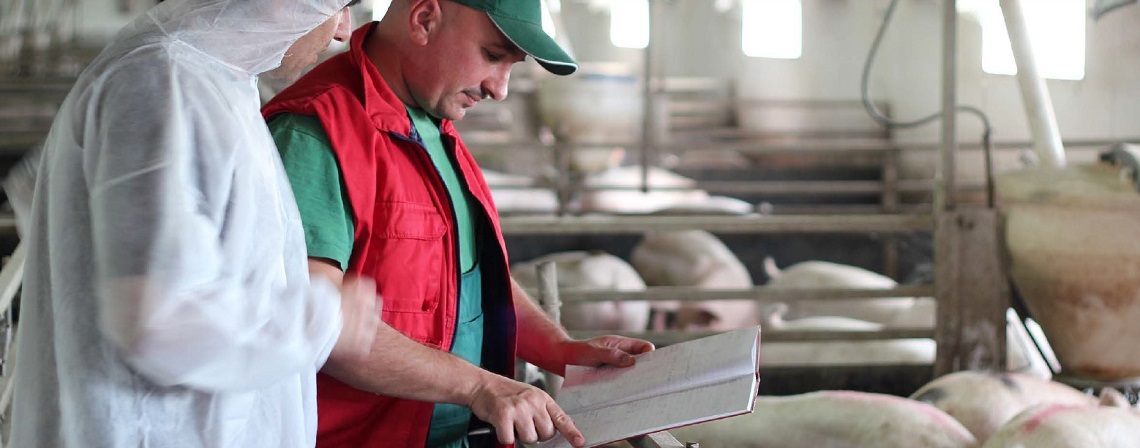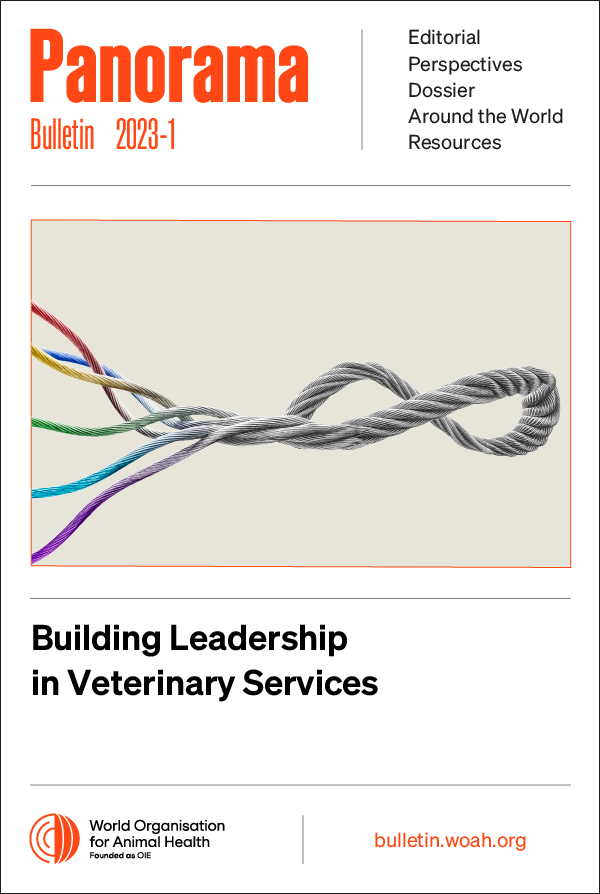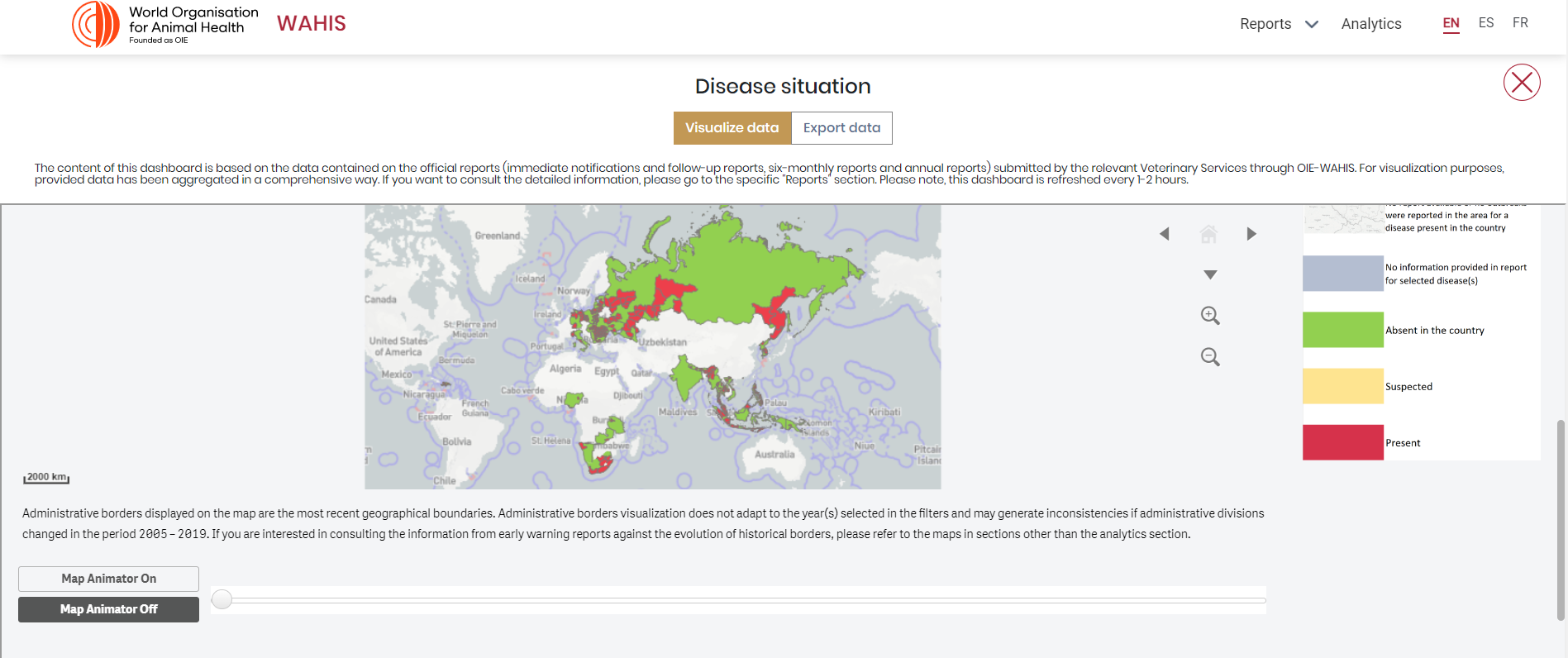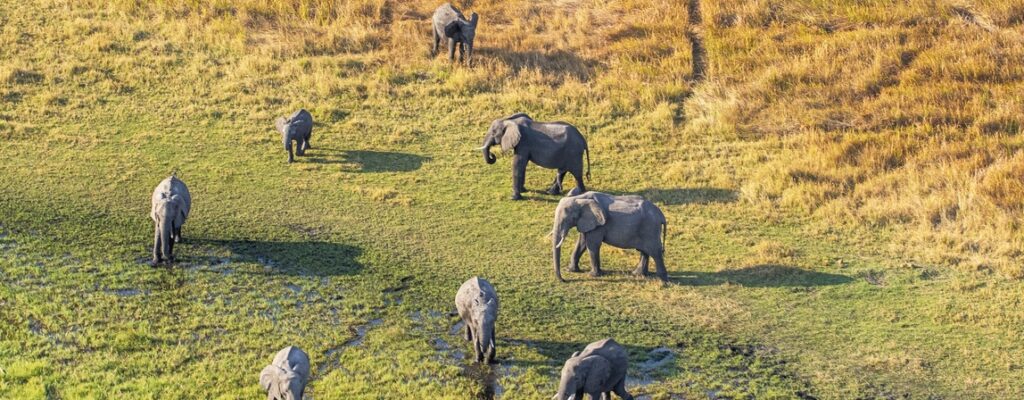Perspectives Posted on 2023-02-22 15:38:58
WOAH actions
The strategic use of WAHIS empowers leadership of Veterinary Services
Keywords
Authors
Paula Cáceres (1), Lina Awada (1) & Paolo Tizzani (1)*
(1) World Animal Health Information and Analysis Department, World Organisation for Animal Health (WOAH).
* Corresponding author: P. Tizzani.
Since its creation in 1924, WOAH has ensured transparency of the global animal health situation. The Veterinary Services of WOAH Members have an obligation to notify WOAH of all relevant information on animal health through the World Animal Health Information System (WAHIS) [1, 2, 3]. This information is shared through the WAHIS public interface and used to ensure the safe movement of animals and animal products, to perform risk assessments, and to inform policy decision-making for animal and public health [4].
Transparency in animal disease notification and timely and accurate reporting demonstrate that VS and CAs carry out good practices. The official information published in WAHIS is used by partner countries to prevent disease incursion through the international movement of animals and animal products.
|
|
Early notification to WOAH not only illustrates that the VS concerned have the capacity for disease surveillance and early detection, but also shows their willingness and transparency to communicate at the international level. In addition, VS and CAs can notify exceptional animal disease events to WOAH through WAHIS, by means of immediate notification and daily follow-up reports.
In 2021, 580 immediate notifications and 3,266 follow-up reports were submitted through WAHIS and figures show an upward trend since 2014.
When identifying reporting countries that have tested positive for the presence of a specific disease, the sensitivity of the system depends on the disease involved. Several studies show that the vast majority of VS correctly report their disease situation [5, 6, 7, 8].
Countries know that data on the absence of a disease in their territories, or the territories of their trading partners, facilitates trade and opens up international markets for trade of animals and their products. This is why other non-Members also report their animal health information through WAHIS. In 2022, in addition to the 182 WOAH Members, 26 territories and non-Members reported their animal health situation through the system.
Moreover, WOAH makes this information available to researchers, institutions, decision-makers and other stakeholders. WAHIS holds data on more than 200 diseases from around 200 countries collected since 1996. These data represent an important source of information for disease modelling and prediction, and allow visualisation of disease dynamics, supporting VS to perform risk analyses.
Therefore, accurate and timely reporting by WOAH Members through WAHIS demonstrates leadership in transparency, a rapid response to disease outbreaks, global communication and the ownership of the competencies required to manage this process effectively.
https://doi.org/10.20506/bull.2023.1.3378
References
- World Organisation for Animal Health (OIE) (1924). – Organic Statutes of the Office International des Epizooties. (Accessed on 5 August 2022).
- World Organisation for Animal Health (OIE) (2021). – Terrestrial Animal Health Code, 29th Ed. (Accessed on 5 August 2022).
- World Organisation for Animal Health (OIE) (2021). – Aquatic Animal Health Code, 23rd Ed. (Accessed on 5 August 2022).
- Cáceres P., Tizzani P., Ntsama F. & Mora R. (2020). – The World Organisation for Animal Health: notification of animal diseases. Rev. Sci. Tech., 39 (1), 289–297. https://doi.org/10.20506/rst.39.1.3082.
- Cáceres P. (2016). – Tracking activity to improve the sensitivity of the OIE’s monitoring and early warning systems for human and animal diseases. Int. J. Infect. Dis., 53 S, 11. https://doi.org/10.1016/j.ijid.2016.11.032.
- Bonilla-Aldana D.K., García-Barco A., Jimenez-Diaz S.D., Bonilla-Aldana J.L., Cardona-Trujillo M.C., Muñoz-Lara F., Zambrano L.I., Salas-Matta L.A. & Rodriguez-Morales A.J. (2021). – SARS-CoV-2 natural infection in animals: a systematic review of studies and case reports and series. Vet. Q., 41 (1), 250–267. https://doi.org/10.1080/01652176.2021.1970280.
- Fanelli A., Awada L., Cáceres-Soto P., Diaz F., Grillo T., Gizo I., Hamilton K., Rolez C.L., Melens P., Morales R., Mur L., Muset S., Nake L., Thompson L., Wannous C. & Tizzani P. (2022). – Sensitivity of an international notification system for wildlife diseases: A case study using the OIE-WAHIS data on tularemia. Zoonoses Public Health, 59 (4), 286–294: https://doi.org/10.1111/zph.12916.
- Awada L. (2012). – Évaluation de l’exhaustivité du système d’alerte précoce de l’OIE par la méthode « capture-recapture » à trois sources. (Doctoral dissertation, École Nationale Vétérinaire d’Alfort) : 94pp.













